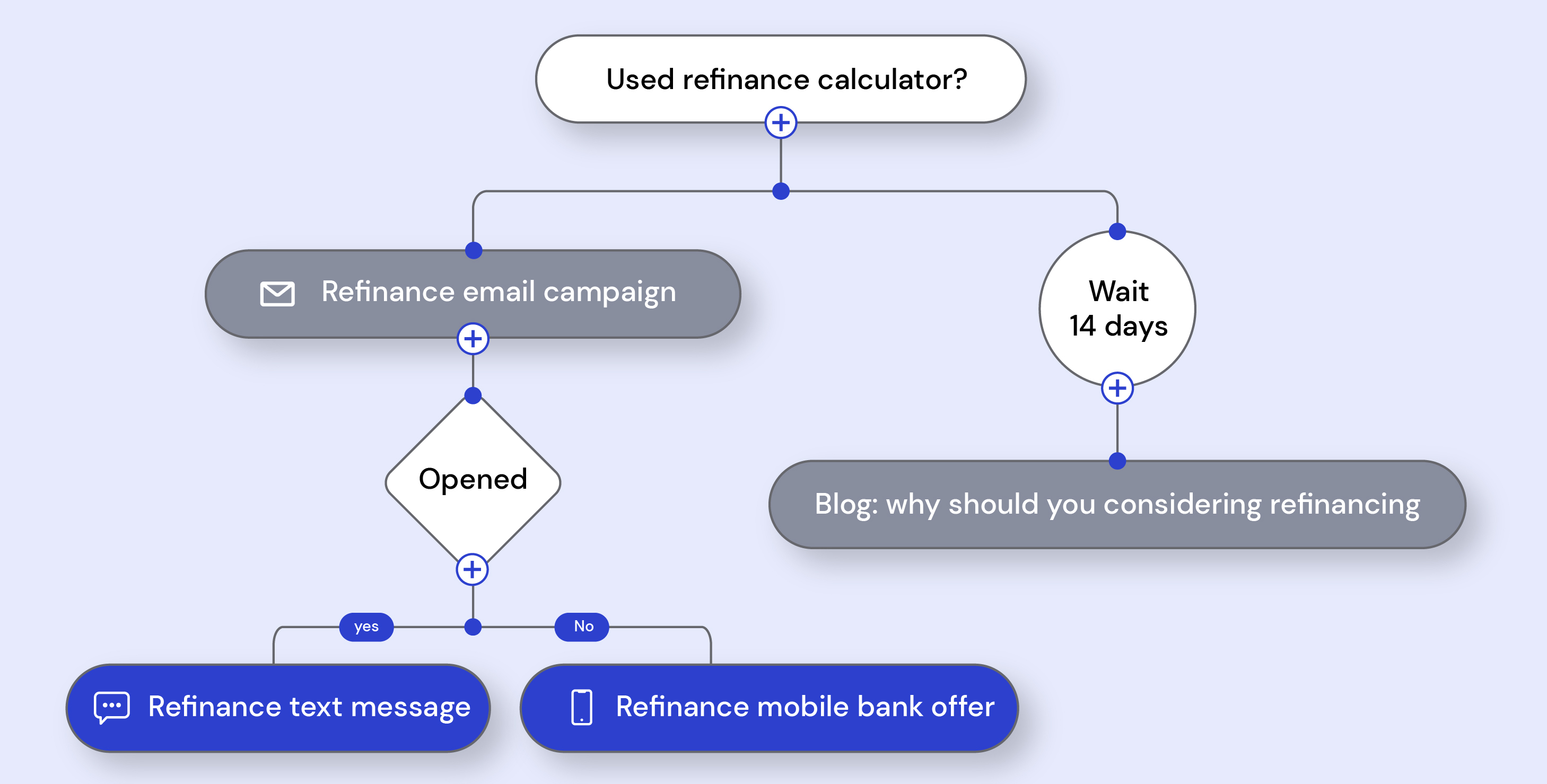When it comes to technology evolution in the next decade we will see no-code applications dominating the development of new products, especially when it comes to SaaS platforms. In the coming months and years, we’re likely to see many SaaS-based applications built on the no-code concept. So what exactly is no-code? How is it different from low-code? How will AI/ML impact the evolution of no-code applications? We’ll be going through some use cases and applications of No-Code in the digital sphere.
AWS launches no-code mobile and web app builder:HONEYCODE.AWS
A good example of the application of no-code is Honeycode.aws, through the creation of Amazon Honeycode, AWS was able to bypass or “escape the code” as they put it. By creating a no-code platform that allowed users who were not versed in code to create web applications. The platform itself is modeled similarly to a spreadsheet, so if you’re no stranger to spreadsheets then Honeycode should be a breeze. AWS was seeking to appeal to people in professions that are not adept at code to create applications that serve their business needs. Though it should not be said that Honeycode is limited and unable to create complex applications, in fact, there have been some sophisticated creations as mentioned by AWS VP Larry Augustin “I think the level of complexity really depends on how expert of a builder you are. You can get very complicated with the expressions”
Low-code development platform market by component
Investing in low-code development might be a good investment for business as there is a projected growth in market size from USD 13.2 billion in 2020 to USD 45.5 billion in the year 2025 . Among industries, the Banking and Financial Services Industry (BFSI) is expected to hold the highest market share in the low-code development platform, which means banks should consider migrating their data to web applications that could be more versatile to their existing and new customers. With low-code development, this can be easily done as it requires little development experience to create low-code web-based applications.
Why should banks start using no-code platforms?
Traditional software development is costly and developer resources are getting more and more expensive as enterprises are adopting digitalization. Traditional software developments take time, months, years to code test, and deploy. In today’s fast-paced fintech world, where time is the most valuable resource, no-code platforms help banks and credit unions to get to the market sooner.
Here are some leading examples of no-code/low-code platforms:
General Development
Appy Pie: Web-based no-code website and mobile development platform with a drag and drop functionality
Appian: Low-code development platform designed to build business process management applications
Bizness Apps: Do-it-yourself platform for creating mobile apps
Website Development
Webflow: Web-based no-code website and mobile development platform with a drag and drop functionality
Wix: Web design platform with drag and drop functionality
Squarespace: Website building and hosting platform with drag and drop functionality
Mobile App
Bravo: No-code tool for the creation of native apps for IOS and Android in a few clicks
Supernova: Design to code platform accelerating app development workflow for developers and designers
Google Play Console: G-Suites low code development platform for Android app development
Enterprise Platforms
Unqork: No-code software development platform designed for large businesses helping them manage complex applications without code
KapitalWise: Customer engagement and marketing platform helping banks and credit unions build and improve customer engagement without any coding involved




